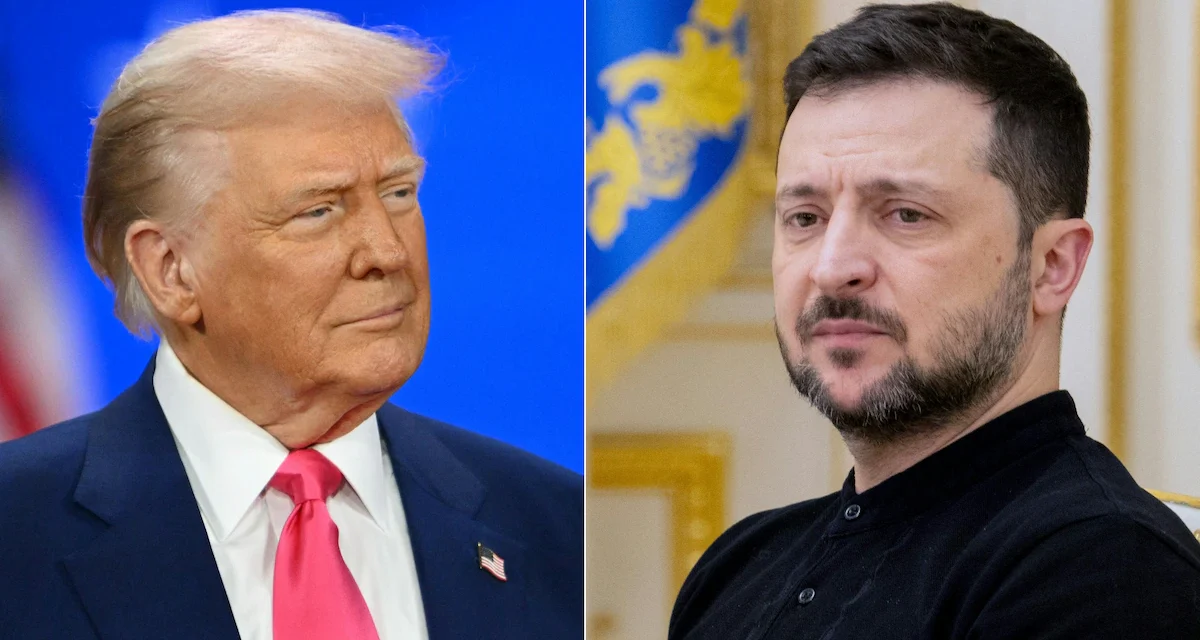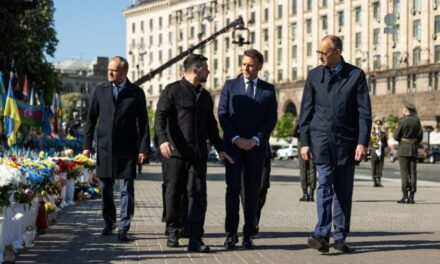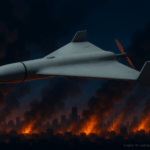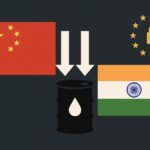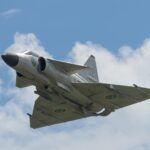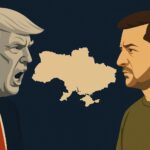At the NATO summit hosted in The Hague on June 25, 2025, President Volodymyr Zelenskyy met with U.S. President Donald Trump for a focused discussion on ending Russia’s war against Ukraine in a way that is both just and durable. Zelenskyy praised Trump’s leadership in seeking a pathway to peace and reiterated that Kyiv supports a ceasefire in principle, but only one that actually stops Russian aggression rather than freezing it in place. To illustrate the stakes, he briefed Trump on two earlier rounds of direct talks with Russian representatives in Istanbul, noting that the only tangible results were prisoner exchanges and the return of the bodies of fallen service members. According to Zelenskyy, even Russia handed over the remains of its own soldiers—some still carrying their passports—an anecdote meant to underscore both the human cost and Moscow’s continuing responsibility for the war.
Zelenskyy also updated Trump on the battlefield situation and the growing tempo of massive Russian strikes against civilians and critical infrastructure. The two leaders then turned to practical next steps. They discussed strengthening Ukraine’s defense with the capabilities needed to save lives right now, with a particular emphasis on reinforcing air defense. Both sides agreed to keep that conversation moving with European partners to ensure coordination and speed. In parallel, they explored longer-horizon cooperation through joint production of weapons and electronic warfare systems—an industrial track designed to expand capacity, harden supply lines, and tailor systems to Ukraine’s operational realities.
Finally, the conversation widened to regional security. The Presidents focused on the role of Iran, and Zelenskyy argued that constraining Tehran’s ability to collaborate with other regimes would not only improve Middle Eastern stability but also help create conditions for peace in Ukraine. Taken together, the meeting framed peace and security as mutually reinforcing: diplomacy cannot work without credible defenses, and credible defenses are most effective when embedded in a broader coalition effort that includes the United States and Europe, alongside steps to limit outside enablers of Russia’s war.
Zelensky and Trump Map Next Steps on Peace, Air Defense, Industry
